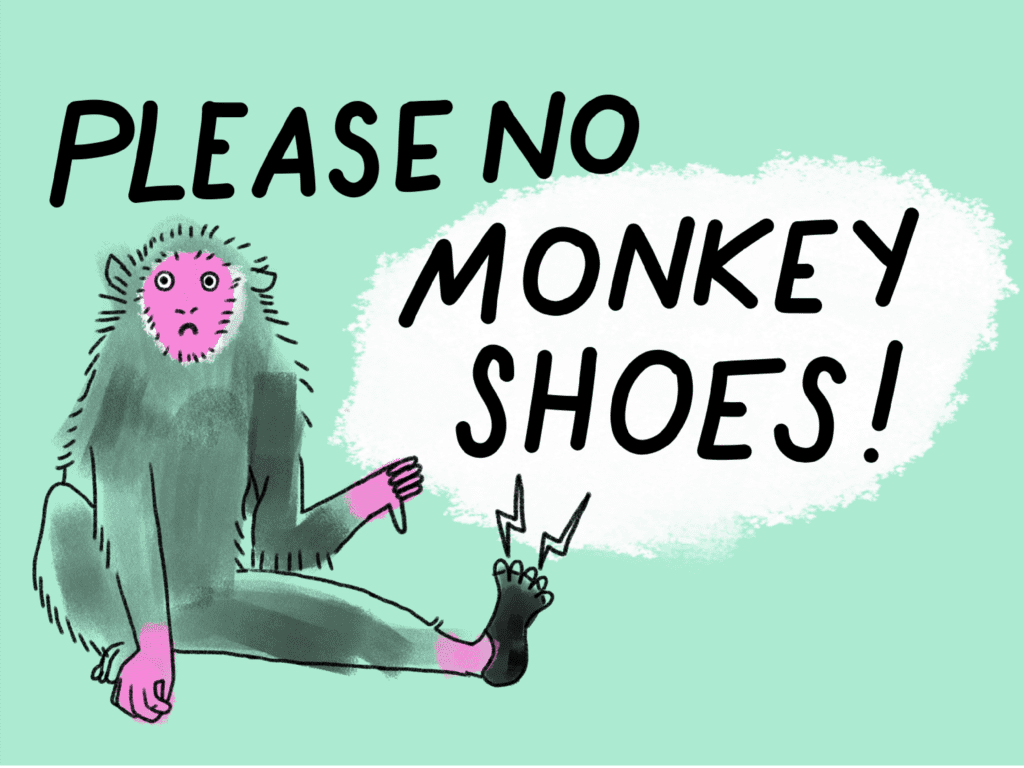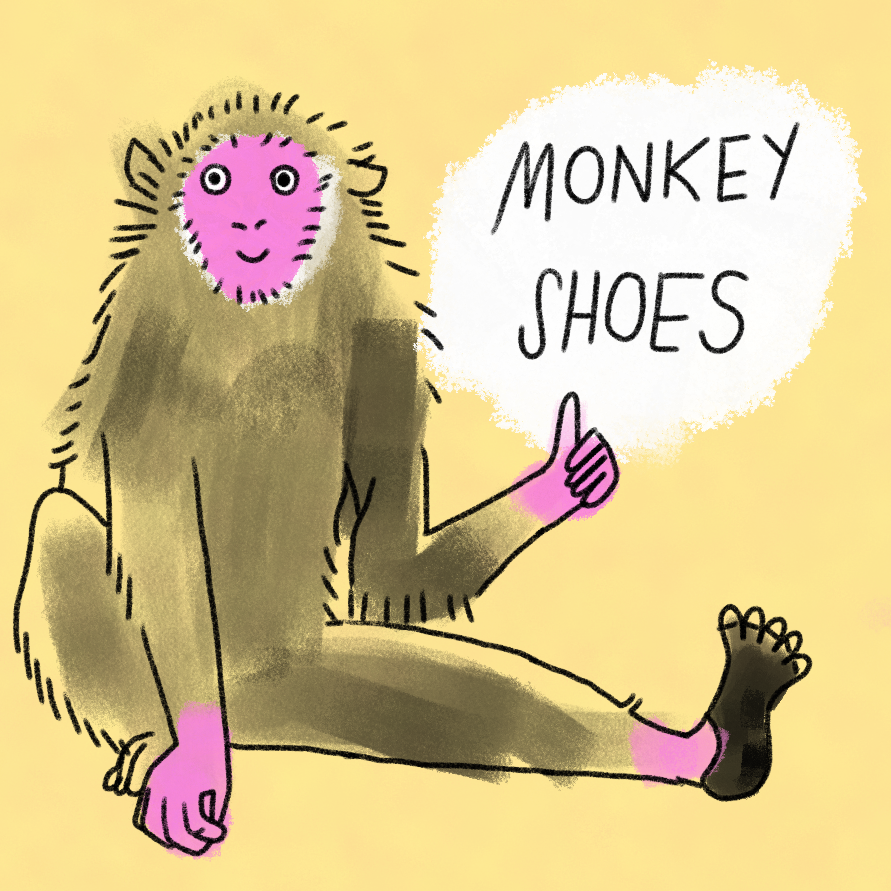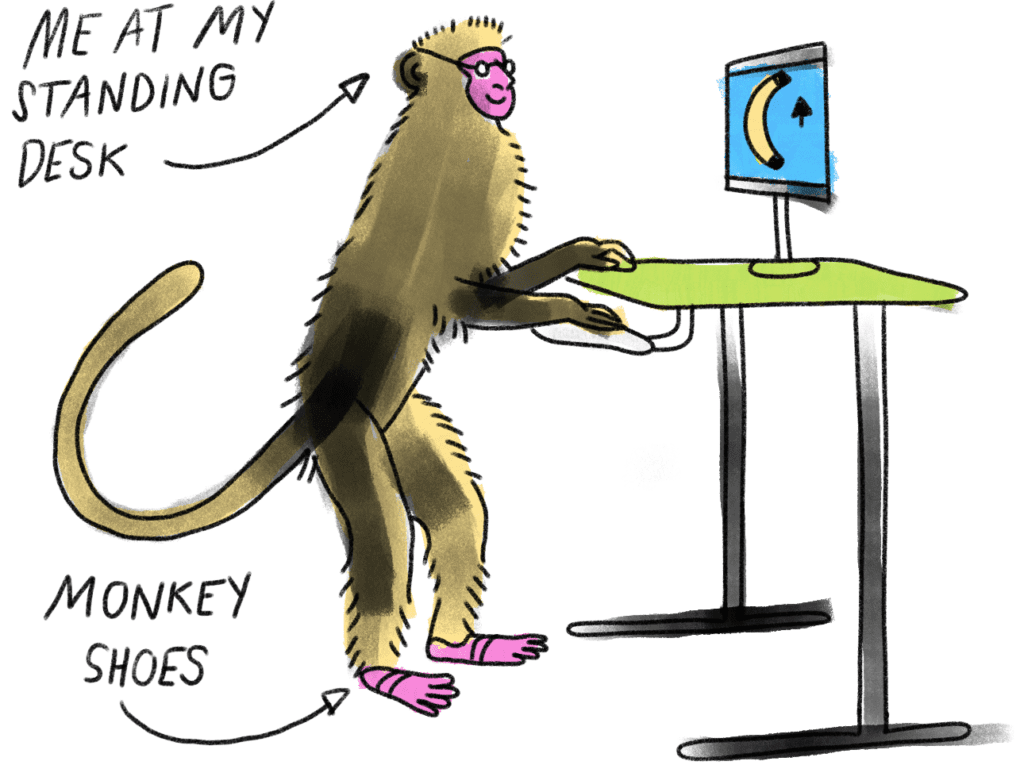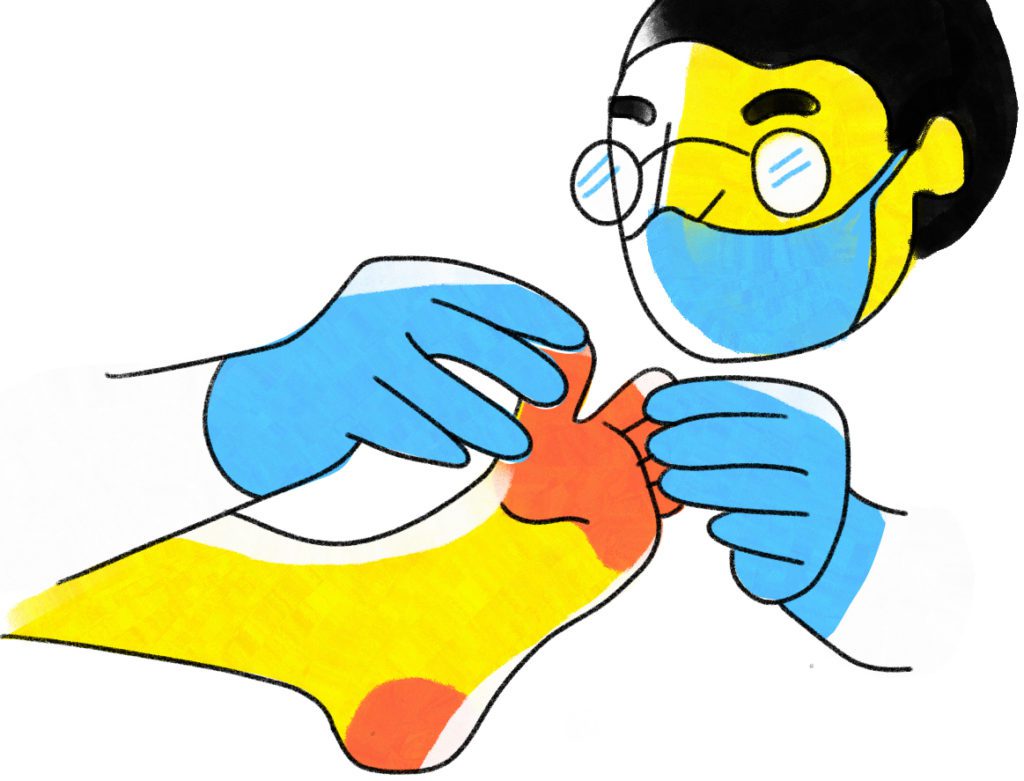Last updated: January 7, 2024
Did you ever see or wear barefoot shoes?
Did you ever believe that humans evolved feet over millions of years, and the less shoe the better?
Or did you ever read the book Born to Run and think that barefoot Native Americans had the best marathon training plans?
I did all of those things.
So I wore Vibram FiveFinger shoes for many years.
Those shoes might be fine, and going barefoot might be OK in the wilderness.
But on hardwood floors and concrete streets, I believe humans need more support.
I’ll tell you what happened and what a doctor told me to do.
Barefoot Shoes: Vibram FiveFingers and Zero Drop Shoes
I bought these stupid shoes and wore them for years:
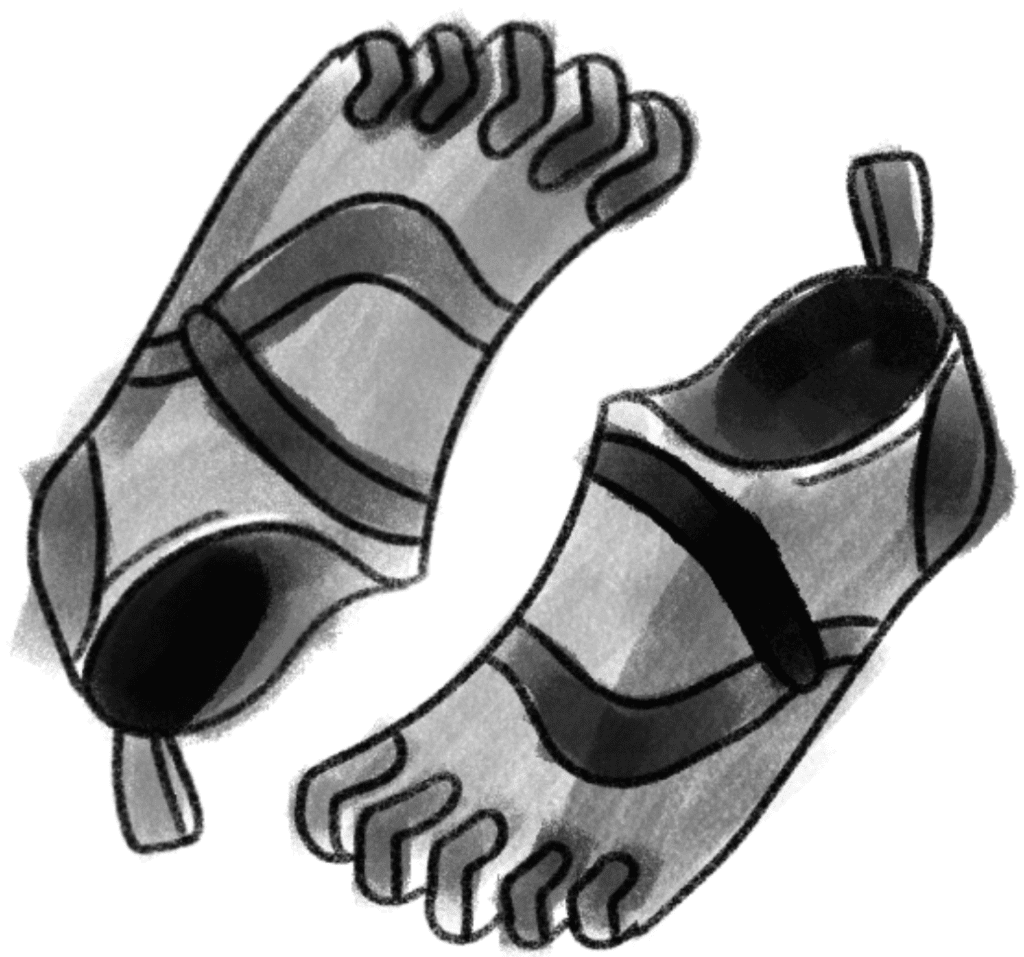
Then I upgraded to “zero drop” shoes for several more years.
Maybe you’ve seen zero drop or minimal sole shoes?
Like these Vivobarefoot shoes:
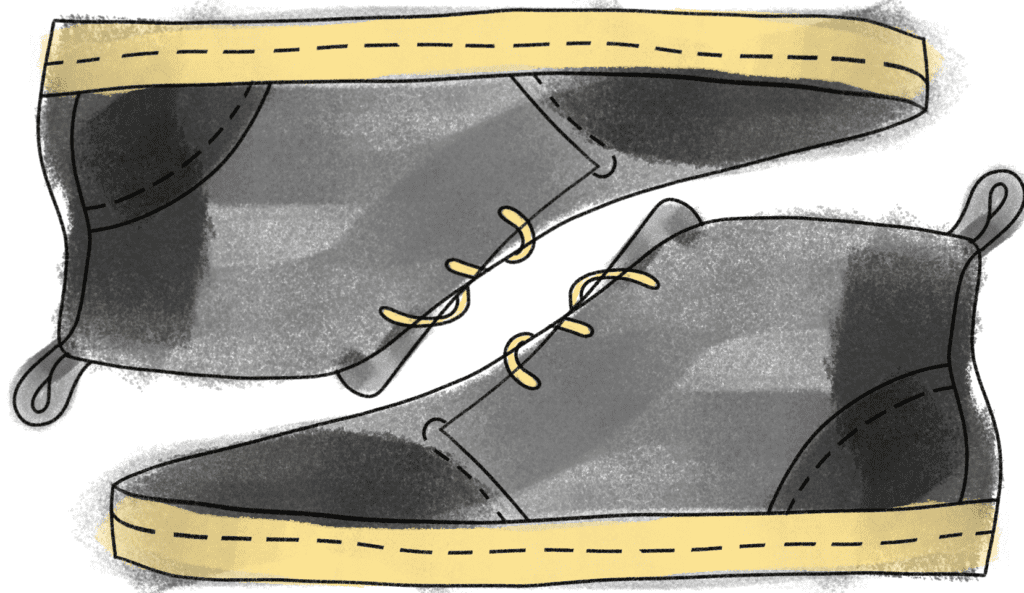
I wore this type of minimalist shoe every day.
I wore this type of barefoot shoe almost everywhere in New York City.
I never wore tennis shoes.
I never wore shoes with arch support or a little heel.
I thought tennis shoes, or any shoe with a positive drop, arch support, and a cramped toe box, were bad for my feet.
Unfortunately, I think I was wrong. Very wrong.
I now believe that these minimalist shoes were bad for me.
A podiatrist in New York City told me that these minimalist shoes have fostered serious damage to my feet.
Here’s how I got here, what I learned, and what I’m doing to try to fix the problem.
Bad Shoes Can Cause Lower Back Pain
Around 2007, I started to get some lower back pain. I was working at Flight Display Systems and spending 10 or more hours per day on the computer.
Somehow I decided that my shoes were the problem.
After reading something on the internet, I bought a pair of those wacky new FiveFinger shoes from Vibram. Also known as: monkey shoes.
The Monkey Shoes Helped Me, At First
These shoes seemed to help reduce my back pain. I liked the idea that they would rebuild my feet muscles from years of wearing cramped normal-people shoes.
And I was reading positive comments about no-drop or “natural” shoes from CrossFit and Tim Ferriss-type people on the internet.
I started wearing the Vibram FiveFinger shoes around 2012. I loved them so much that once I even wore them with a suit and tie.
I’d regularly wear them while working at a standing desk.
All the while, my feet probably got wider and flatter.
Vivobarefoot and No Drop Barefoot Shoes
When I needed to dress more professionally, I started to wear Vivobarefoot shoes.
These are known as a “no drop” shoe. That means you walk flat-footed and there’s no heel.
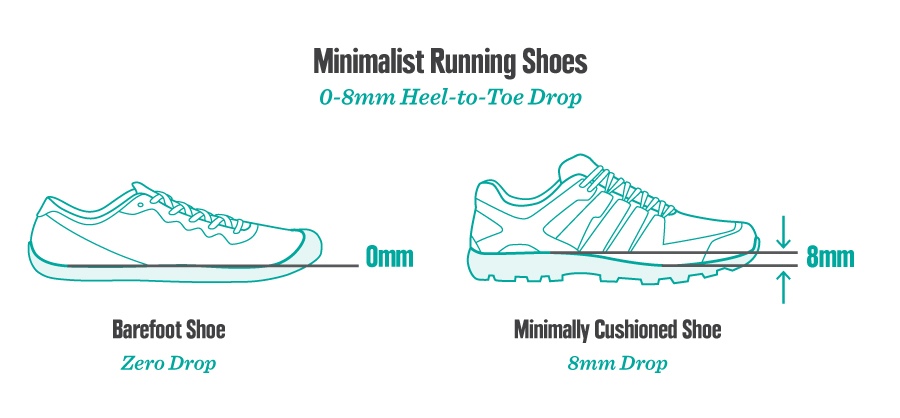
These shoes provided the least padding and cushioning possible for the foot.
I believed that these shoes provided the ideal conditions for how our feet should function.
But I was wrong.
Why Barefoot Shoes are Bad
FiveFinger-style and no-drop shoes are not meant for walking on concrete all day, especially with flat or collapsed feet.
Or for standing still on hardwood floors.
They might be nice for running in the forest, climbing a tree, or in nature on soft dirt.
But in an urban environment that cavemen never evolved to handle, these shoes probably damaged my feet.
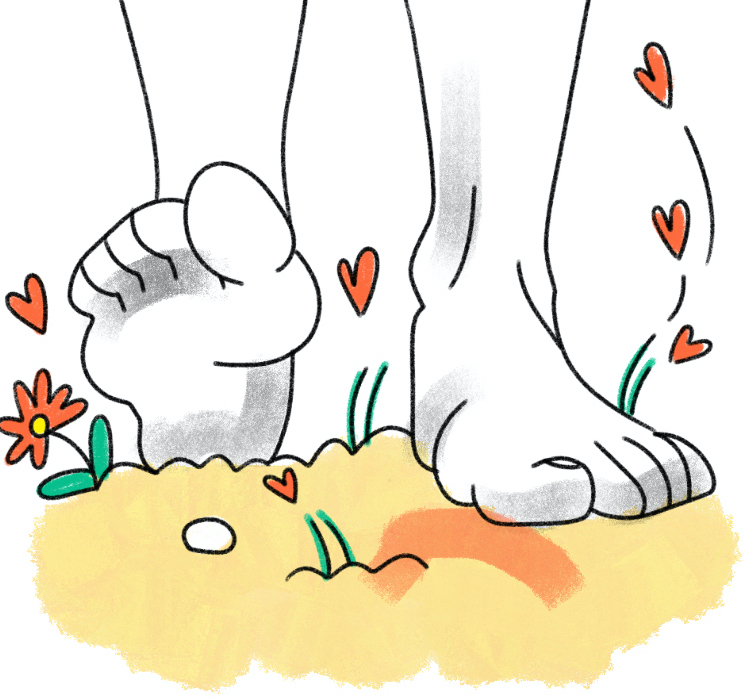
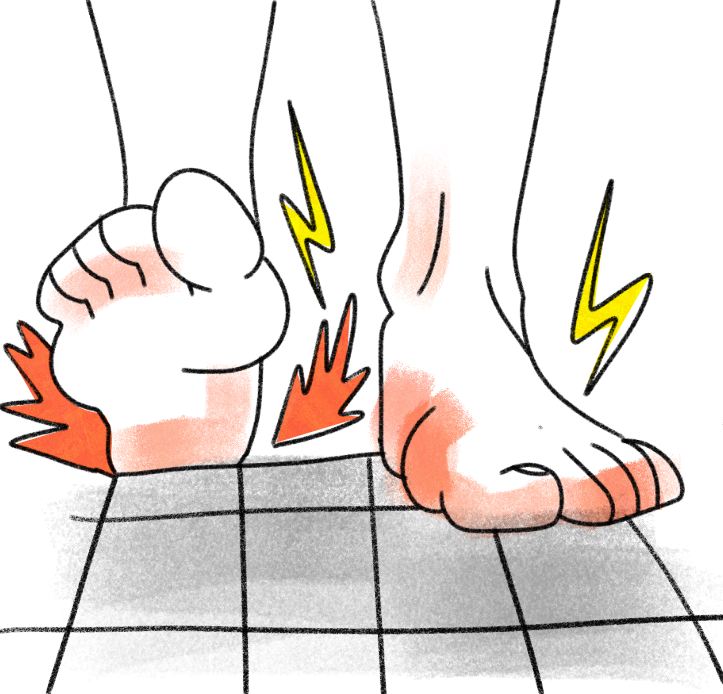
One foot doctor told me recently that wearing these shoes for so long ended up causing me loads of health problems.
I started to get really thick blisters, had to visit a few foot doctors, and recently spent $1,500 on orthotics and insoles to fix them.
This isn’t my foot, but you get the idea:
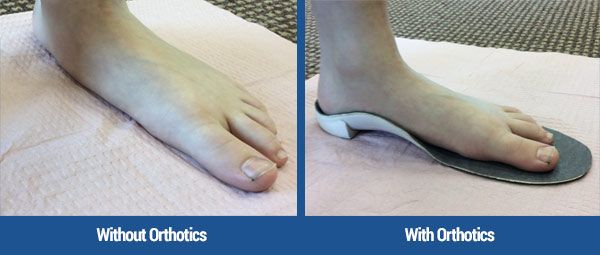
My Health Issues
The first clue that something was wrong was when one of my middle toes started to curl down.
My feet were trying to add grip and traction.
I also had calluses (or blisters?) that were trying to warn me about the lack of support in no-drop shoes.
Thousands of people wear and love five-fingered shoes. My friend Aaron Bell in Austin swears by them when he goes camping.
So why was this happening to me?
Mainly because I don’t go camping 😂
And I only live and work and walk in concrete, urban environments. And on hardwood floors in my apartment.
So my feet need extra support and stability from more civilized shoes.
My monkey shoes and zero-drop shoes lacked foundational support. That then caused my arch and posture to collapse. And more.
What Happened to My Feet
Based on a few doctor visits, I learned some interesting things about my feet:
- After years of wearing five-fingered shoes, my feet were best described as “collapsed.”
- I have a lack of strength in the muscles that control the ball underneath my big toes.
- My feet have inadequate foundational support.
- Unrelated: I have strong macro circulation, but my capillary circulation is an issue.
- Unrelated: My (not so) big toes stopped growing too early!
- I was born with an unhealthy foot type and no-drop shoes probably made it worse.
The Crazy Foot Scientist
Based on a recommendation from my doctor at Parsley Health, I visited a podiatrist in Manhattan named Dr. Dennis Shavelson.
Seeing a fancy specialty podiatrist was like consulting a foot lecturer who could unlock the secrets of my apparently lacking feet.

Fun facts about Dr. Shavelson:
- He’s a reformed consultant for Vivobarefoot shoes.
- He left when they weren’t approved for use in the Army.
- He wears funky glasses. Purple ones on my first visit, wild yellow ones on the second.
When I told him about my history, he laughed and said, “Everyone was sold a lie with these caveman, barefoot shoes.”
Treating My Feet
First, I had to stop wearing these shoes.
Instead, I needed to wear supportive running shoes like the Nike Air Max or New Balance shoes. Anything with some arch support.
Then, we tried taping up my feet like in this video. Using medical bandages, the doctor showed me how to add restraints or binders to my feet – using two long pieces of tape – to help give my foot more support and stability.
This happened on my first visit and led to immediate results.
I instantly felt like I had more stability when I was standing at my computer desk. I shuffled and moved around a lot less while working.
Next, I got insoles. At first the doctor cut out some foam inserts to add to some Nike shoes I had for running. I would later buy expensive custom insoles.
What did I notice after my first visit?
- Less shuffling around and trying to catch my balance.
- My feet felt straighter and more solid.
Standing Desk Problems
The podiatrist had asked me whether I shuffled around a lot at my standing desk.
When I thought about it, I realized that I do shuffle a lot.
That’s a symptom of having bad foot support. I thought it just meant that I needed a better floor mat, but it also meant that I needed better shoes.
(Sorry, floor mat!)
My Questions
My questions were a little more in-depth:
- What damage have I done to my feet?
- What should someone do if they have worn shoes like this for a long time like me?
- How long will it take to fix my feet?
- How will we fix my feet?
Aside from changing my shoes, it was going to take three to six months of using tape and orthotics to improve my feet.
The doctor said that my feet will adapt. My feet have been held in a collapsed position for a long time, so we have to hold it in the “fixed” position using orthotics and the tape.
That’s what I’m working on now. Mostly I just wear the inserts every day. I haven’t been able to do the tape by myself because I’m not very flexible. But maybe I can figure it out.
How Can You Avoid Injuring Your Feet?
If you walk on concrete all day, or stand on hardwood floors, perhaps this is interesting to you.
One of the simplest ways to protect your feet is to buy quality shoes with proper support. The doctor recommended these brands:
- Asics
- Saucony
- Nike, especially the Nike Air Max
Basically, just get any shoe that has a little arch and some heel to support the foot instead of a flat sole.
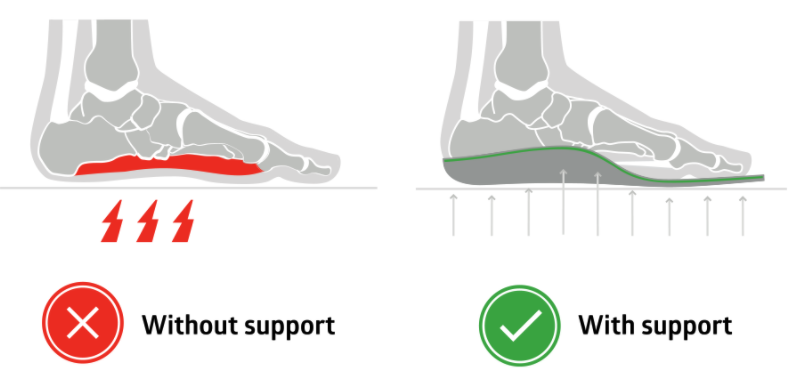
Another quick test is to check your feet. Remember those calluses I talked about? They’re an early sign that your shoes aren’t doing a good job.
Conclusion and What’s Next
These days I’m only wearing shoes with arch support. I got a basic pair of New Balance shoes that I liked the style of. And I wear them with the special custom-molded arch supports.
Hopefully, I can fix my feet.
But I don’t really know what to think. I see a podcast like this, from a doctor that I trust, and I wonder what’s right.
Dr. Shavelson says that my orthotics aren’t meant to be permanent. But that overall, the barefoot movement has lost a lot of favor as compared to 10 years ago.
I’m glad I caught this before something more serious happened to my feet, like irreparable arthritis.
I will continue to research and learn more about my feet. I can’t say for certain what you should or shouldn’t do in regards to your shoe choices. Talk to a doctor and ask your own questions. Let me know what you find out.
More Information
- Yoga would be GREAT for me to help strengthen my feet. Luckily, there are some free online yoga classes that specifically target feet. Who knew?
- The Mayo Clinic and Sports Health don’t definitively say that no-drop shoes are damaging. Instead, they think it depends on your foot type and medical history.
- A counter-thesis: Irene Davis, Ph.D., on the Peter Attia podcast: Evolution of the foot, running injuries, and minimalist shoes.
- My friend Andy shared this article: Barefoot Vs. Minimal Vs. All Other Shoes: What Should You Train In?
My Additional Notes
- Imagine basketball players: do they play barefoot? Why not?
- I want to teach my big toe joint to function better as a lever. I’ve lost that ability.
- The general thesis is that shoes serve a very good purpose, but overall they are degenerative to your foot.
- As proof of the degenerative nature of shoes: Consider that many shoes are primarily worn for style. Shoes with high heels are the best example.
- Functional shoes would have more bio-mechanical support, like strappings.
The end! Thank you for reading this. I don’t have a definitive answer on my feet yet, but I do feel that changing my shoes and adding these inserts is helping. As of January 2024, I have totally stopped wearing any shoes without arch support. I wear insoles, I wear New Balance with arch support, or I wear padded slippers around the house. My feet feel better.
Reader Comments
- Caroline B. says on email: “I think you could’ve done a lot of people a great service if you had focussed more on the real problem, which was your lack of underfoot textures! Wearing vibrams and walking on concrete for years and years will of course damage your feet, but the problem isn’t the shoes, its what you are walking on…its an unnatural surface! I think this needs to be addressed more.”
- Dennis Shavelson: “I am Dr Dennis Shavelson and I want to thank Nick Gray for creating this helpful, shamelessly honest, educational blog post. There are those who inherit great feet and they are the poster boys/girls of Vivobarefoot Shoes. 70+ % of us, unfortunately, have collapsing feet and an attached collapsing posture.
Hint: If you or your family have callused feet, hammertoes, bunons, bad knees, bad hips, a bad back or are poor athletic performers or injury prone, you are collapsing as you live your life!
P.S.: Nick, as you stabilize and strengthen your feet biomechanically, i promise you can wear barefoot or zero dropped shoes with little consequence so don’t trash them.” - New Way Homes: “I really appreciate that Dr. Dennis added that postscript. In addition to the “different feet being used different ways need different things”, I think this is also a lesson in going all-in on a new fad. It applies to diet, investment strategies, and so many things. Even when there is a great new study or book that sounds really convincing. I’m a huge fan of my vibram shoes for trail running and strengthening my feet, but I don’t wear them at the office or when running on pavement/concrete. I’ve seen older folks help their balance by spending more time barefoot in the right context. But soooo many people got injured by going from 100% traditional running shoes to 100% flat / toe shoes. Don’t do that! My own top reaction to Nick’s post was the same as that post script – you don’t have to go 100% reversal the other way forever – there’s probably a balance that gets you the benefits of both over the long haul.”
- Madison Wood: “I killed my already flat feet by running around the city for YEARS in high heeled shoes, stilettos included – such a dumb move. As a result I’m left to deal with bunions and minor arthritis in my big toe but thankfully swapped to comfier shoes and enjoy the look/vibe more. Foot health is one of those things no one talks about which is really unfortunate considering we only get one set for life, happy to see you getting the word out and encourging this discussion. Nike’s are a guilty pleasure, just wait till you’re ready to fully embrace sneaker culture and get weird.”
- Many people including Scotty Candler, Brian Sharp, Noel Hidalgo, and Erica Berger commented on my Facebook post about this with valuable input.
What do you think? Add your thoughts to my Facebook post here, or below as a comment, or email me — [email protected]. Illustrations by Fru Pinter.

